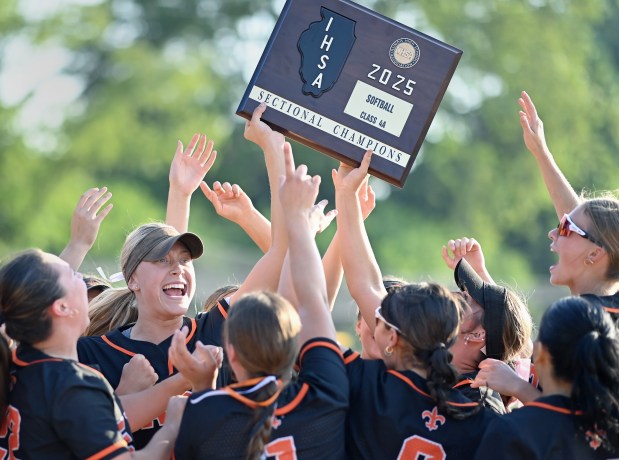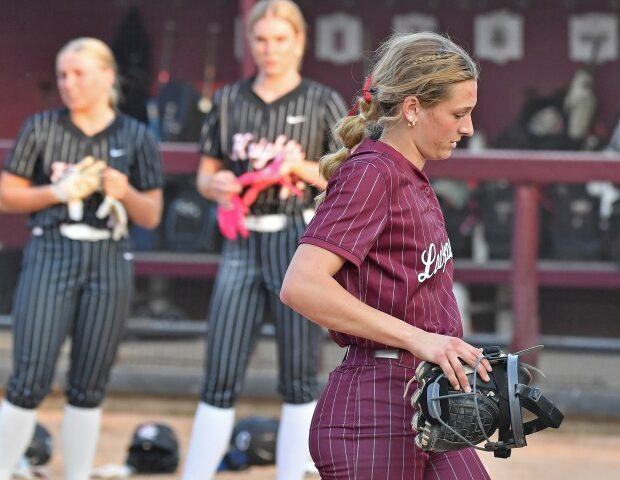A recently-released novel by education journalist Benjamin Herold follows five suburban families, including a mixed-race family from Evanston, as they try to achieve the long-sought-after American Dream as the politics of American suburbs continue to change.
Herold released his first book, “Disillusioned: Five Families and the Unraveling of America’s Suburbs,” a nonfiction narrative he wrote after following families in the suburbs of multiple large American cities from 2018 through 2022. Herold has worked as an education journalist for nearly a decade, previously covering Philadelphia Public Schools. He worked in the school system where he gradually became more interested in education policy. After pivoting to earn a master’s degree in urban education from Temple University, Herold began to more seriously study education and its connection to American life.
“‘Disillusioned’ is really about the demographic changes that are sweeping through suburbia and their public schools and how communities, school systems and families are responding to those changes,” Herold said. “Our suburbs are not delivering what we expected and what we signed up for.”
Families included in the book are from all over the country with representation from Compton, California; Lucas, Texas; Winnetka, Georgia; Pine Hills, Pennsylvania and Evanston. Lucas sits north of Dallas and is a newer area Herold says is still racially and economically exclusive. The other end of the spectrum is Compton, which Herold says went through all the same hallmarks of suburban growth – white flight, exclusion, disinvestment and decline – even if we now don’t think of the city as a suburb. Winnetka, Georgia is located outside Atlanta and in the book Herold follows a single Black mother who purchased a home three doors down from his childhood home in Pine Hills outside Pittsburgh.
Evanston schools stood out to Herold in part due to the long history of work to maintain racial balance, something he said isn’t often as successful as it is in Evanston. The city also has comparatively higher-educated residents and because it has withstood the test of time compared to other suburbs, it presents a case right in the middle of the pack.
“I really came to Evanston hoping to learn lessons about how suburban school systems, communities and families can manage some of these transitions in ways that work for Evanston,” he said.
Other communities Herold studied are considered mid-century post war suburbs that grew very quickly and have what he called “a history of racial exclusivity.” By comparison, Evanston has a history of inclusion and progressive activism.
Despite the steps being made in Evanston to combat racism and promote equity, there have been racially-charged incidents in local schools including nooses being hung at Haven Middle School and swastikas painted in a bathroom at Nichols Middle School.
The Evanston mother Herold follows, who is kept anonymous under the name Lauren Adesina, becomes involved with local school activism in 2018 after her son was called a racial slur in elementary school.
“Those tensions, as there’s this kind of real push to emphasize racial equity, to no longer sweep racist incidents under the rug, to really try to tackle the root causes of racial disparities head on, there’s also a backlash to that,” Herold said.
This backlash becomes a central theme in the book that Herold said has now pushed local schools to back off of the commitment. He points to the ongoing conversation about the rebuilding of a 5th Ward school in Evanston, a predominantly Black area of the city.
Herold calls the issue complicated, saying having the neighborhood school will give a place for students that haven’t been reaping the benefits of racially diverse schools and restore a historic harm but it could also be seen as a step back towards segregation-like policies.
“Even when a place like Evanston is really out ahead of the pack … actually switching the direction proves far more difficult than we often realize,” he said. “In some ways, I walked away very alarmed and sobered that even in Evanston this work ends up being so hard.”
Herold says part of the reason why these issues remain even in progressive enclaves like Evanston is because of how slowly school systems can be to act and go through their tedious systems. This disconnect between how quickly parents want to see change happen and how slowly school districts and other large institutions can enact change causes further issues.
“That often doesn’t line up with the timelines and expectations of parents who say ‘I don’t want my children to be called slurs or discriminated against or harmed in school,’ ” he said.
Even with these obstacles, Herold was moved by the continued resilience from parents who want the best for their children.
“Parents all over the country are going through kind of a process of wanting more, wanting better and struggling to find it but that energy, that power, that impulse of we want a better life and a better future for our children, that doesn’t go away,” he said. “I think there’s a lot of hope and resilience to be taken from that.”
Herold doesn’t believe the solution is to reverse suburban sprawl but instead America is going to have to confront the issues, work to repair the damage that has been done and figure out how to make things work. He expects this is just the beginning of several decades of conflict in America’s suburbs as demographic changes accelerate and the American middle class shrinks.
“What we see even now nearly a century later is that we’re still trying to reckon with the effects of these historic policy decisions that were made to enforce segregation and racial hierarchy,” Herold said. “That is going to be a long and painful process.”




